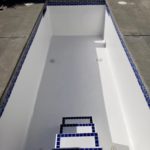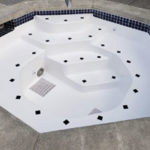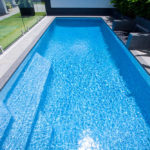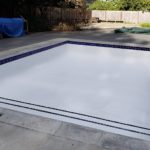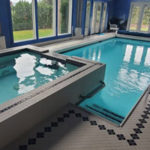Old and damaged pool surfaces are not that pleasing to look at, not just that, the area is also not a safe place to walk on or to dive in. If you are tired of this view and been wanting to give your pool a makeover pool resurfacing is the best option for you.
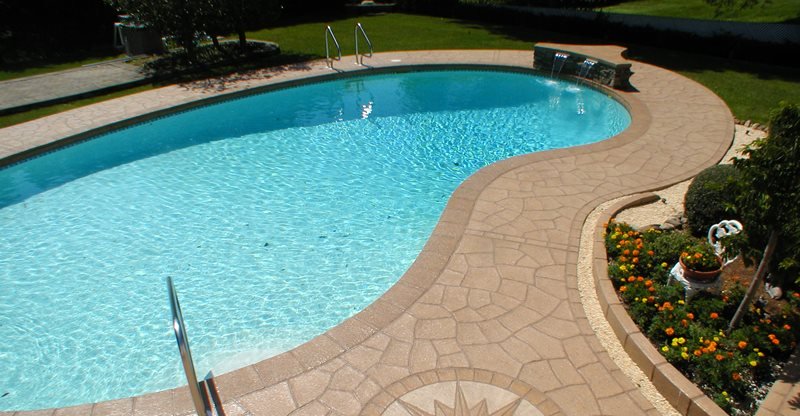
What Is Pool Resurfacing?
Compared to traditional options available in the market where it requires pool surfaces to be ripped off for it to be replaced.
With pool resurfacing, there’s no need to go through that long construction process. A newly resurfaced pool comes with several benefits, and that includes the following:
- Increases your pool’s functionality and usability
- Makes your pool look clean again
- Increases pool safety
- Improves the aesthetic look of your pool area
- Maintains the value of your property
- Decreases bacterial growth
Plaster vs. Fiberglass
Fiberglass and plaster are two of the most common options for pool resurfacing projects. If you have not decided which one of these options would be suitable for your pool area, looking into its pros and cons might help make a decision.
Plaster
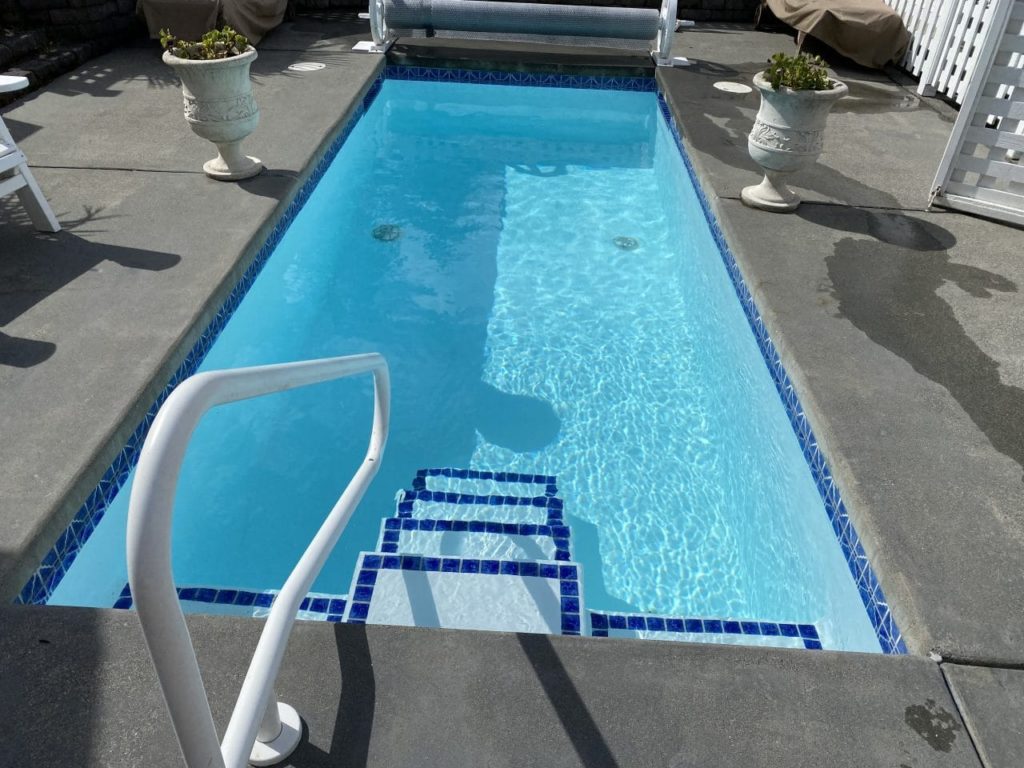
Understanding the various impacts of rainwater on your swimming pool is crucial in order to successfully address any problems that may arise after the rainy season ends. Plaster is one of the most economical options available in the market. An experienced contractor usually sandblasts or chip off the old plaster out for pool surface preparation. After this, the coatings will be applied according to your preferred color. Pros and Cons of choosing this type of material are the following:
Pros:
- Can last for many years if it’s well maintained (15-30 years )
- The price point is economical
- Availabe in a variety of color choices
Cons:
- Susceptible to discoloration and stains due to its porous nature
- The material is less durable compared to the fiberglass
- Requires extensive cleaning and maintenance
Fiberglass
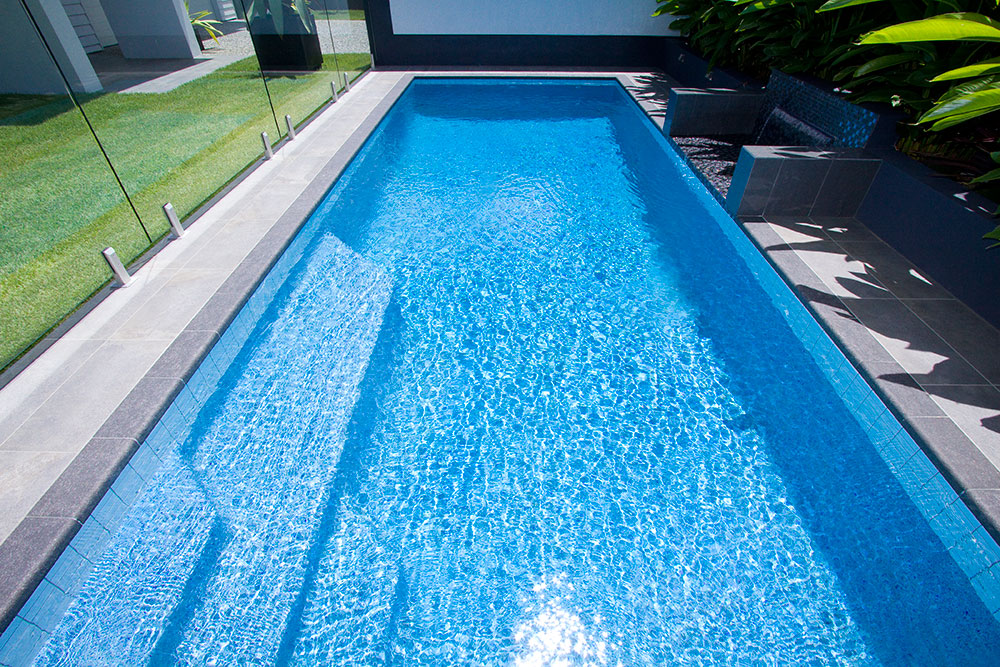
Fiberglass is one of the most popular choices for pool resurfacing. The process should be done by a professional contractor. Before the resurfacing project starts, the pool surface should be well-prepared, reinforcing, sanding cracks, and filling in is necessary to achieve a smooth and durable pool surface. The pros and cons of fiberglass include:
Pros:
- Fiberglass coatings are available in a wide variety of textures and even colors
- The material lasts for many years
- Easy installation process
- Easy to clean and maintain
- Provides attractive pool appearance
- Provides smooth finish
- Algae and stain resistant
Cons:
- Poorly installation will affect the entire performance of the pool
- The installation of the material is quite costly
- Requires the right pH water level to maintain its quality
- Potential damage during installation
- Becomes dull over a period of time
